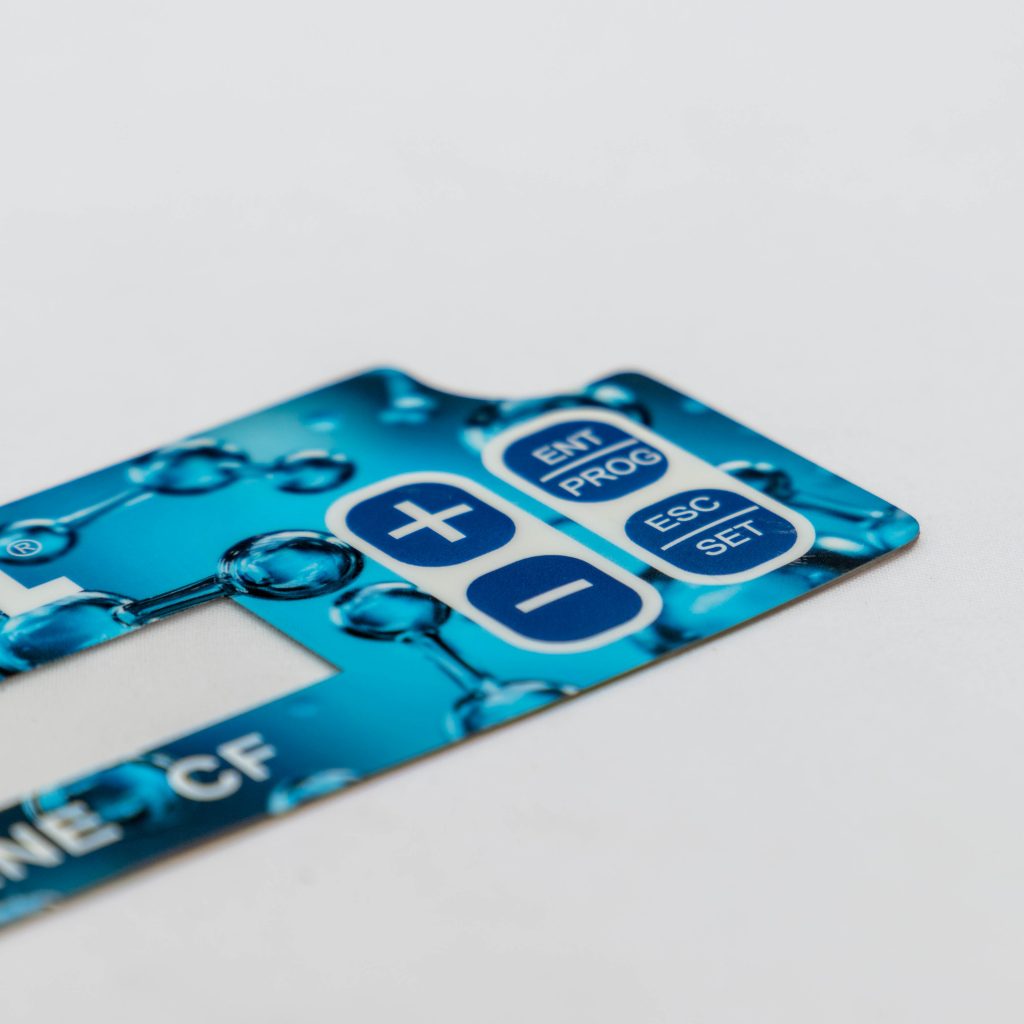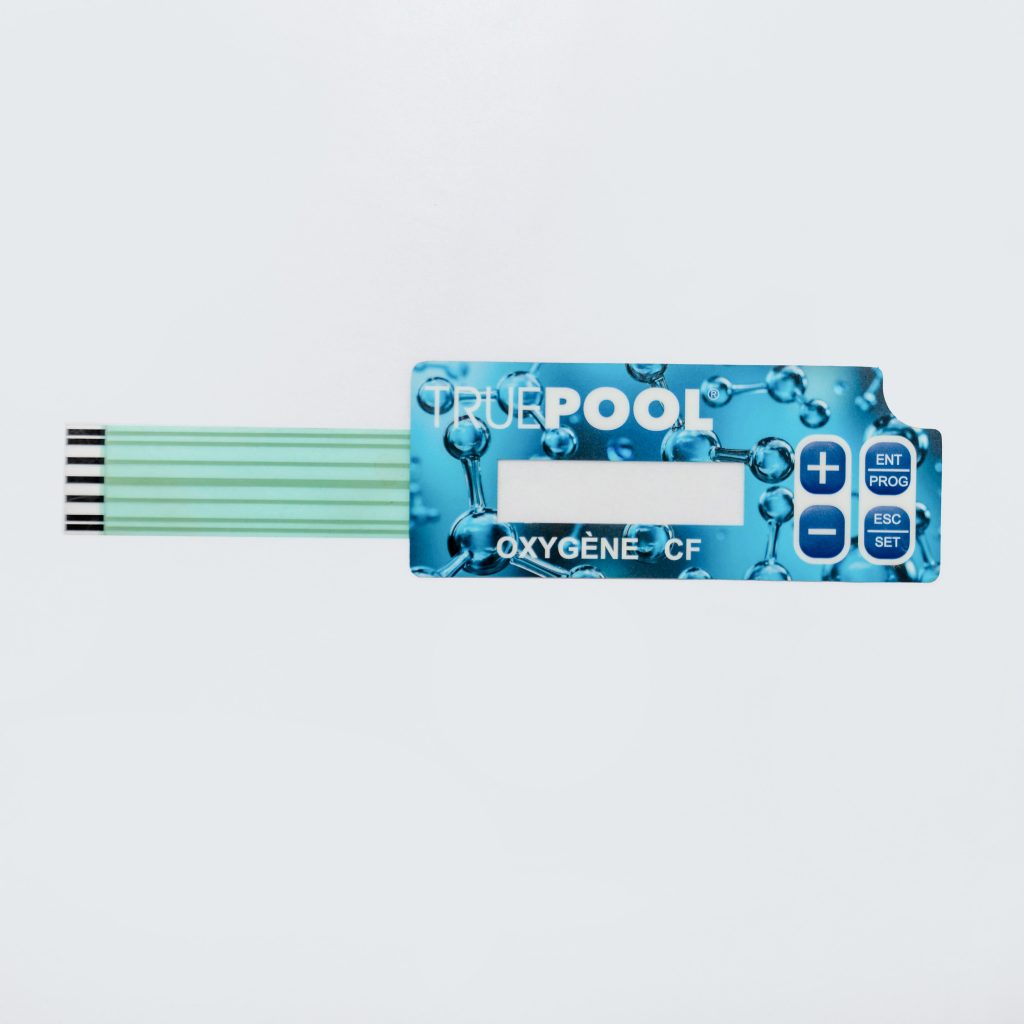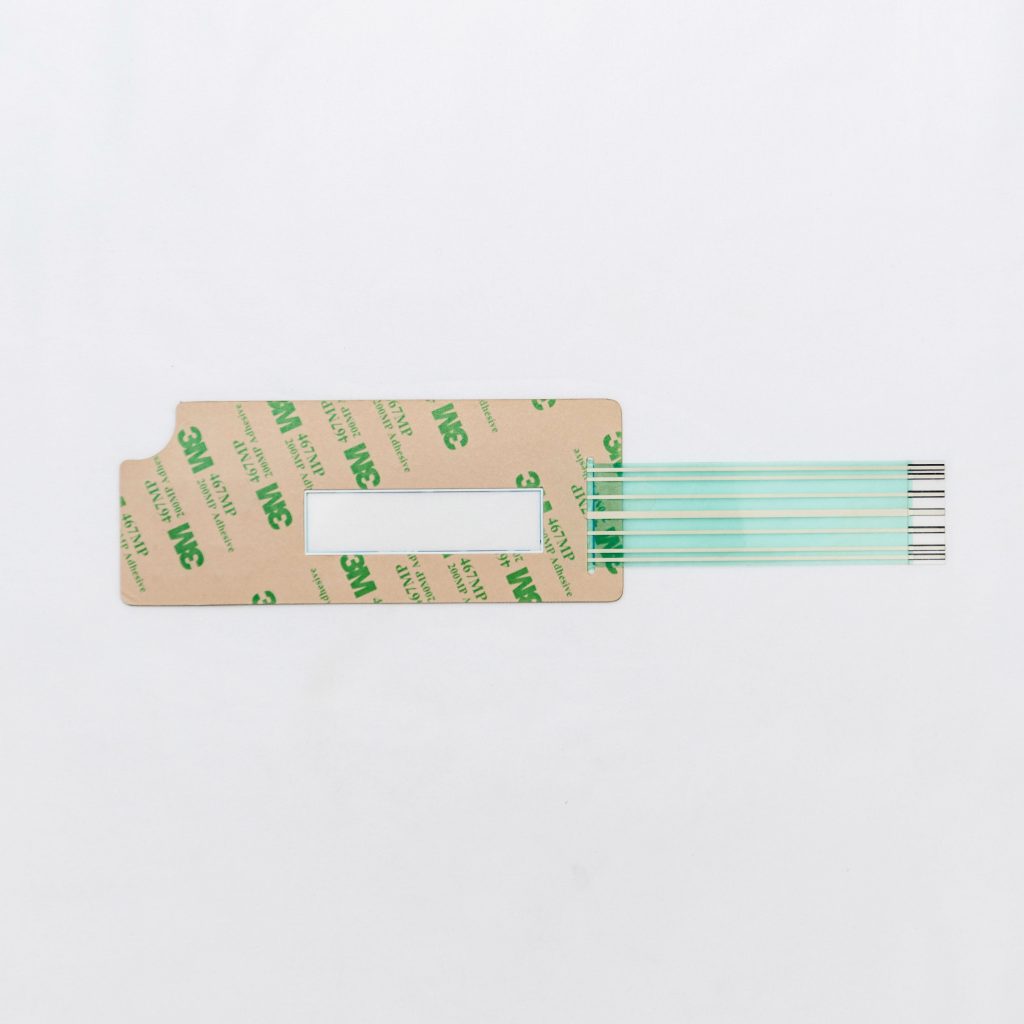Contact
Write to Us And We Would Be Happy to Advise You.
Do you have any questions, or would you like to speak directly with a representative?
By hqt
In hazardous or difficult situations, having reliable and efficient control systems is crucial for ensuring the safety of individuals and the proper functioning of equipment. The design of a membrane switch plays a vital role in providing a user-friendly interface that can withstand challenging environments. This article explores the key considerations and design principles involved in creating membrane switches for hazardous or difficult situations. Whether it’s in industrial settings, medical devices, or aerospace applications, the design of membrane switches must prioritize durability, functionality, and user experience.



Before delving into the design aspects, it’s essential to understand what membrane switches are and how they function. A membrane switch is a user interface that combines electrical switches, printed circuitry, and graphic overlays. It typically consists of multiple layers, including a graphic overlay, a circuit layer, a spacer layer, and a backer adhesive layer. When the user applies pressure to the graphic overlay, it activates the switch contacts beneath, completing an electrical circuit.
Membrane switches are widely used due to their compact design, flexibility, and ease of integration. They find applications in various industries, including medical, aerospace, automotive, and industrial sectors. However, designing membrane switches for hazardous or difficult situations requires additional considerations to ensure optimal performance and safety.
1. Material Selection for Durability
When designing membrane switches for hazardous or difficult situations, the selection of materials is critical. The chosen materials should be capable of withstanding harsh environmental conditions, such as extreme temperatures, chemicals, moisture, and physical impacts. High-quality materials like polyester, polycarbonate, and silicone rubber are commonly used for their durability and resistance to environmental stressors.
2. Sealing and Ingress Protection
To protect the internal components of the membrane switch from external elements, proper sealing and ingress protection measures must be implemented. Sealing techniques like gaskets, adhesives, or ultrasonic welding ensure that the switch remains resistant to moisture, dust, and other contaminants. Additionally, adhering to industry standards such as IP (Ingress Protection) ratings helps classify the level of protection provided by the switch.
3. Backlighting for Low-Light Situations
In hazardous or difficult situations where visibility is compromised, incorporating backlighting features into the membrane switch design is crucial. Backlighting not only enhances the user experience but also improves readability in low-light conditions. LED backlighting is a popular choice due to its energy efficiency, long lifespan, and versatility in terms of color options.
4. Tactile Feedback and Actuation Force
Providing tactile feedback and appropriate actuation force is essential for users to have a clear understanding of when a switch is activated. The membrane switch design should incorporate tactile elements such as domes, metal snap domes, or polydome arrays. These elements offer users a responsive feel and audible feedback, enhancing the overall user experience and preventing accidental activations.
5. Customization and Branding
Membrane switches designed for hazardous or difficult situations often require customization to meet specific industry requirements or branding guidelines. Customization can include incorporating company logos, icons, labels, or unique graphic designs. Additionally, the switch design should allow for easy integration with the surrounding equipment or control panels, ensuring a seamless user interface.
Q: What makes a membrane switch suitable for hazardous environments?
A: A membrane switch suitable for hazardous environments must have durable materials, proper sealing against ingress, backlighting for low-light situations, and tactile feedback for user safety and convenience.
Q: Are membrane switches used in medical devices?
A: Yes, membrane switches are commonly used in medical devices due to their compact design, ease of cleaning, and resistance to contamination.
Q: Can membrane switches withstand extreme temperatures?
A: Yes, membrane switches can be designed to withstand a wide range of temperatures, making them suitable for both hot and cold environments.
Q: Are there any specific industry standards for membrane switches in hazardous environments?
A: Yes, industry standards such as IP ratings provide guidelines for the level of protection against moisture, dust, and other contaminants that a membrane switch should possess.
Q: How can membrane switches be customized for branding purposes?
A: Membrane switches can be customized by incorporating company logos, icons, labels, or unique graphic designs that align with the branding guidelines of the organization.
Q: What are the benefits of incorporating backlighting in membrane switches?
A: Backlighting in membrane switches improves visibility in low-light situations, enhances user experience, and allows for easy identification of switch positions.
Designing membrane switches for hazardous or difficult situations requires careful consideration of various factors, including material selection, sealing techniques, backlighting, tactile feedback, and customization options. By prioritizing durability, functionality, and user experience, membrane switches can provide reliable control interfaces in challenging environments. Whether it’s in industrial settings, medical devices, or aerospace applications, a well-designed membrane switch ensures optimal performance and enhances overall safety.
Do you have any questions, or would you like to speak directly with a representative?